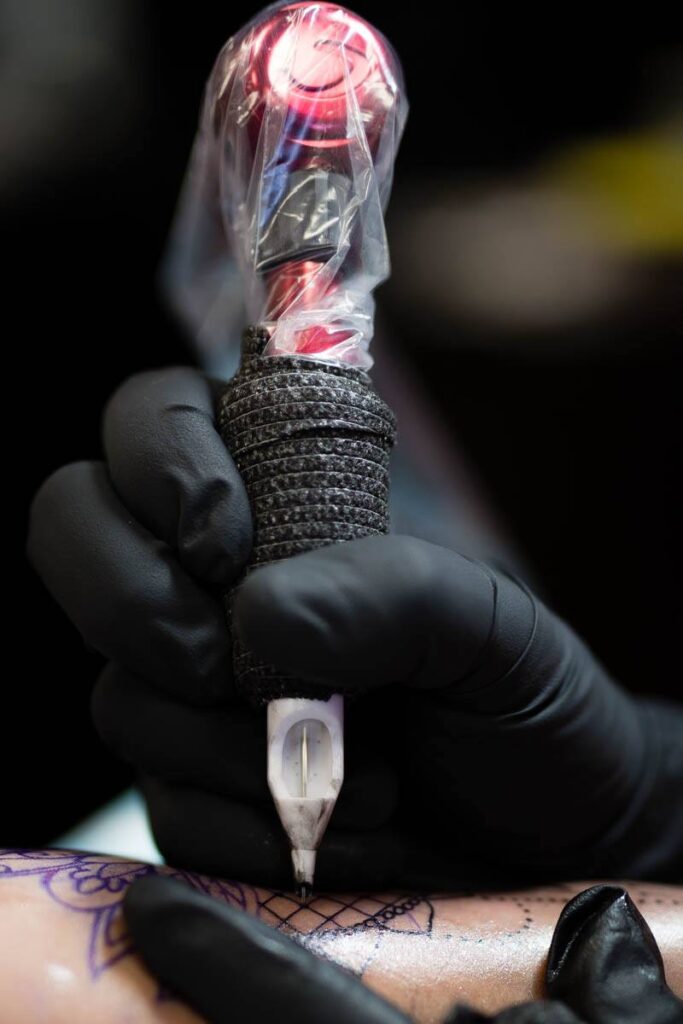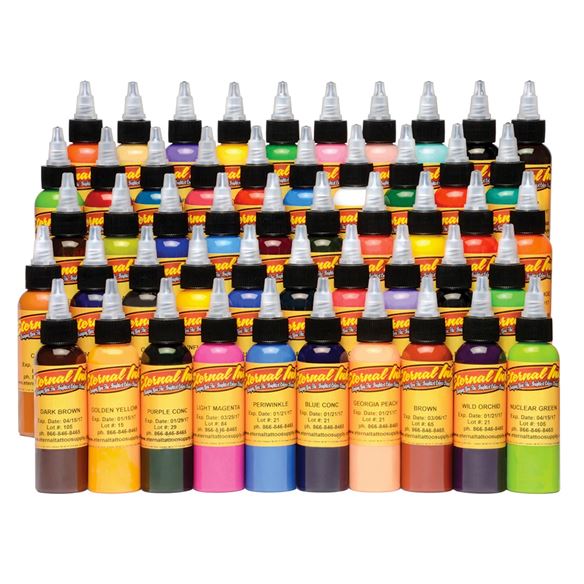If you’ve ever been tattooed or are interested in getting tattooed, the first thing you’re going to want to know is how much will it cost?
Well, that’s an important question but unfortunately it doesn’t have a simple answer.
First and foremost, prices vary drastically.
Some artists charge by the hour, some charge by the piece.
There are quite a few factors we have to consider when deciding on a price. Size, location, detail, skin condition, equipment needed, pigments needed, color vs black and gray and we also have to consider what the client can sit through and how they will handle the work being done. If you’re dancing all over the table during the tattoo, it’s going to take twice as long to finish, and we will most likely have to have you come in for a touch up. Which means an entire new set up and more supplies.

Artists with less experience typically don’t charge as much as say a 20-year veteran in the industry. So, in some cases you are definitely paying more for experience. Artists spend countless hours honing their craft. It’s not a simple process to learn to tattoo, and it’s even harder and more time consuming to become a well-rounded talented artist. You’re paying for their time and supplies but you’re also paying for the hundreds- if not thousands of hours of practice and quite literally thousands of dollars- if not tens of thousands spent on learning and educating oneself. Be it seminars, DVD’s, college courses for art or design, conventions, the list goes on. Artists are always growing and learning. That means the cost of education doesn’t necessarily stop after their apprenticeship. You can be tattooing for 10 years and still be learning different styles and techniques. There’s really no end to it. If you’re tattooing, odds are there will always be ways to improve your craft.
Artists typically work off commission, they are not paid hourly. Let’s say the artist makes 50%
So immediately half the cost of your tattoo goes to the studio. Your $100 tattoo is now $50 for the artist. You may ask yourself why half the money is going to the studio. Well, just like any other business, we have over head. The studio provides a clean and safe work environment. We also provide all of the PPE for the artists. Dental bibs, ink caps, medical tape, all the chairs and lights they use, all disinfectants, bio storage, sharps containers, tongue depressors, A&D, paper towels, all these things are factored into the cost. We also have to pay rent, electric, water, internet, cable, insurance. Not to mention what we pay for advertising and shop merchandise.

So, let’s talk about supplies. Again, it varies from studio to studio but quite often most artists are responsible for their needles, their pigments, and gloves. Not to mention the initial startup cost of buying a machine and a power supply that cost thousands. When it comes to pigments (ink), there are literally hundreds of colors out there. Different shades, brands etc. to be able to execute what each client wants, they need a vast variety. This gets extremely expensive.
When covid hit, our industry took a hard hit when it comes to supplies. A box of gloves 2 years ago cost $6. now it’s upwards of $18. Pigments have increased, shortages have caused shipping to increase. We have kept our minimum what it is despite these facts. A lot of studios have increased their minimum to $100 or even more. Ours remains at $60.
Time is big for us in this industry. The workday doesn’t start and stop when the shop opens and closes. Artists sacrifice a lot of their personal time to ensure they are prepared for you. Hours are spent at home working on designs, answering emails, talking with clients. Valuable time they lose with their families or simply to relax.
We understand tattoos are a luxury and that you work very hard for your money. We have kept our minimum the same and work very hard to ensure that we provide you with quality that will last a lifetime. Our artists love what they do. All of them will tell you that they could not imagine themselves working in any other field or doing another job.
We hope that this blog has shed some light on the ins and outs of the industry and intend to do another next week! Stay tuned.
